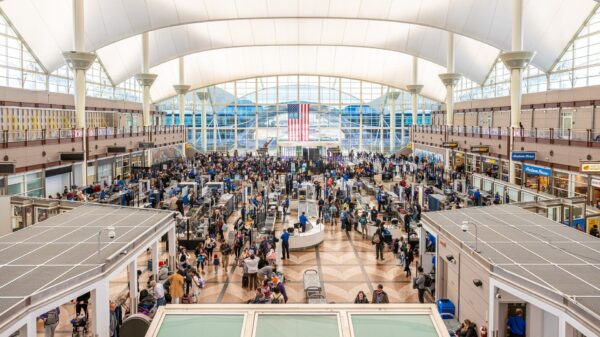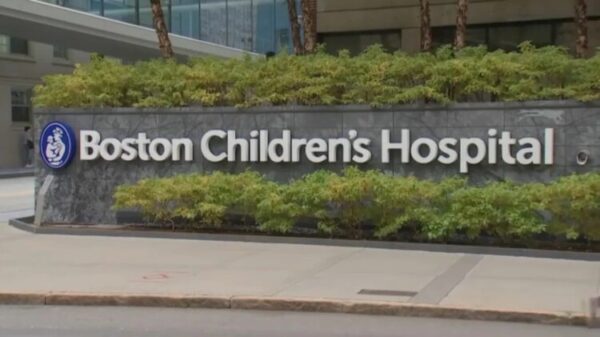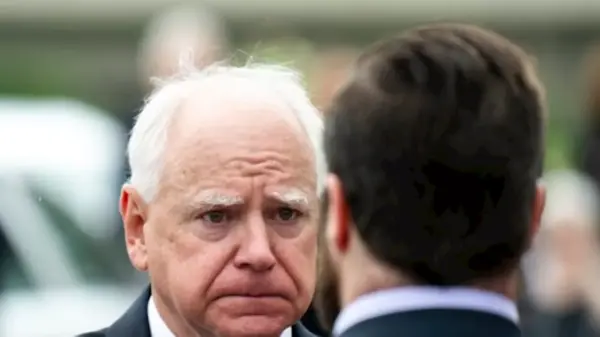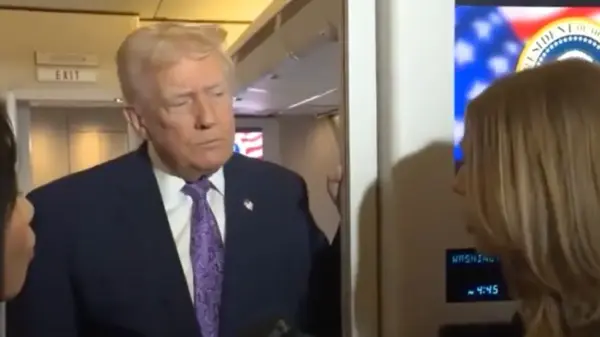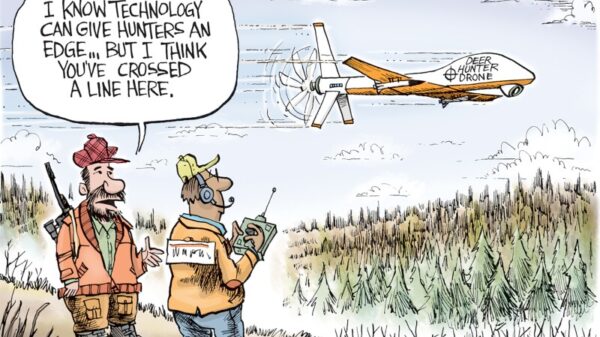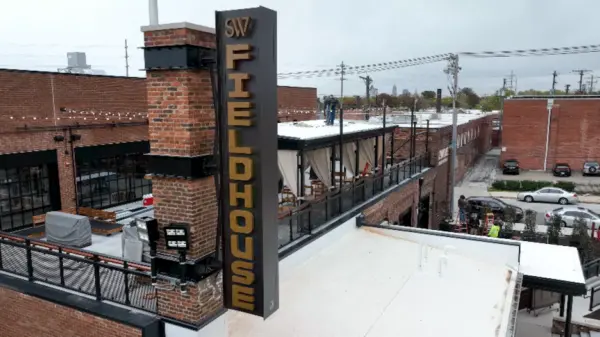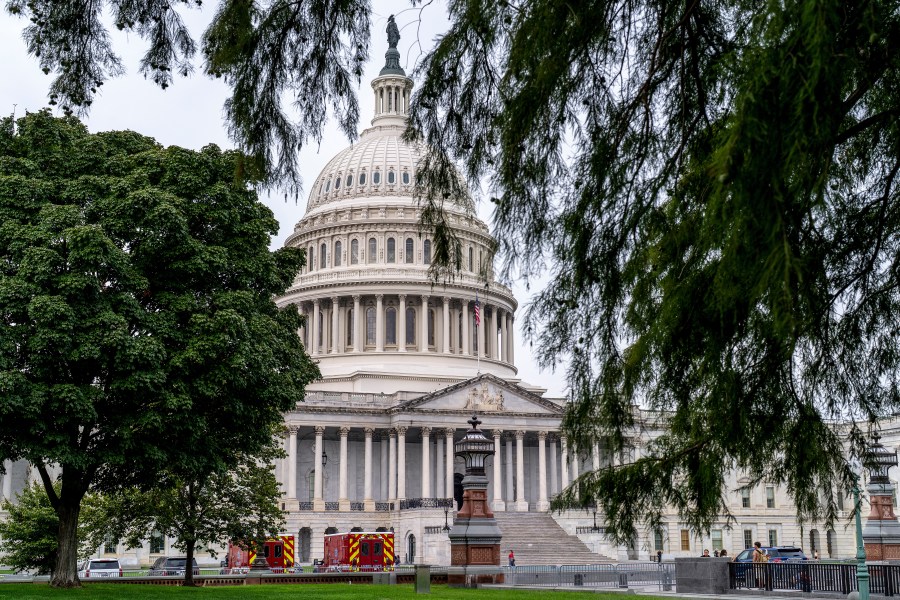As the clock ticks down, Washington D.C. faces the possibility of a federal government shutdown starting at 12:01 a.m. on Wednesday, November 1, 2023. With negotiations between the parties stalled, the likelihood of a last-minute compromise appears grim. Currently, Republicans have proposed a short-term funding measure to sustain government operations until November 21, but Democrats are pushing back, insisting that the plan must address critical health care issues.
Democrats are particularly focused on reversing Medicaid cuts included in President Donald Trump‘s recent legislation and extending tax credits that help millions afford health insurance through the marketplaces established by the Affordable Care Act. Republicans have dismissed the Democratic demands as unacceptable, leaving both sides entrenched in their positions without any votes scheduled in the House this week.
Understanding the Shutdown Process
In the event of a government shutdown, federal laws mandate that agencies cease operations and furlough employees who are not deemed essential. Those classified as “excepted employees”—including workers responsible for protecting life and property—are required to continue working but will not receive pay until the shutdown concludes. During the prolonged shutdown in Trump’s first term, approximately 340,000 of the 800,000 federal workers affected were furloughed.
Significant government operations will still continue during a shutdown. Essential personnel, such as FBI agents, CIA officers, and air traffic controllers, will remain on duty. Programs that rely on mandatory funding, such as Social Security and Medicare, will also remain unaffected, ensuring that seniors can continue to access healthcare services and receive payments. Additionally, Veterans Affairs facilities will operate normally, processing benefits and maintaining medical services for veterans.
Implications for Federal Workers and Services
Furloughed federal employees will receive retroactive pay for the duration of the shutdown, as mandated by legislation passed in 2019. While they will eventually be compensated, many employees may face financial challenges due to missing one or more paychecks. Service members will also receive back pay for any missed payments once funding resumes.
Despite the shutdown, the U.S. Postal Service will continue to operate, as it is funded through sales rather than taxpayer dollars. However, various federal services will be impacted. Each agency has its own contingency plan that outlines which employees will remain on the job and which will be furloughed. For instance, the Department of Health and Human Services anticipates furloughing about 41% of its staff, while the Education Department will furlough around 1,500 of its 1,700 employees, excluding those involved in federal student aid.
The impact on public facilities will vary. For example, the National Park Service will close facilities that cannot restrict access, while others may remain open to the public. The Smithsonian Institution, however, will close all its museums and the National Zoo.
Potential Economic Consequences
The economic effects of a government shutdown can be significant, particularly if it persists beyond a short duration. According to Phillip Swagel, director of the Congressional Budget Office, while a brief shutdown might not immediately affect the economy, prolonged interruptions could lead to uncertainties regarding the government’s role in various sectors.
Historical data from Goldman Sachs indicates that markets have typically remained stable during past shutdowns, although growth can slow by approximately 0.15 percentage points for each week of a shutdown. This impact could rise to about 0.2 percentage points per week when considering effects on the private sector, with potential recovery following the resumption of government operations.
As negotiations continue, the stakes remain high for both lawmakers and the millions of Americans who rely on federal services. Without a resolution, the impending shutdown could usher in considerable disruptions that may affect daily life and the broader economy.






